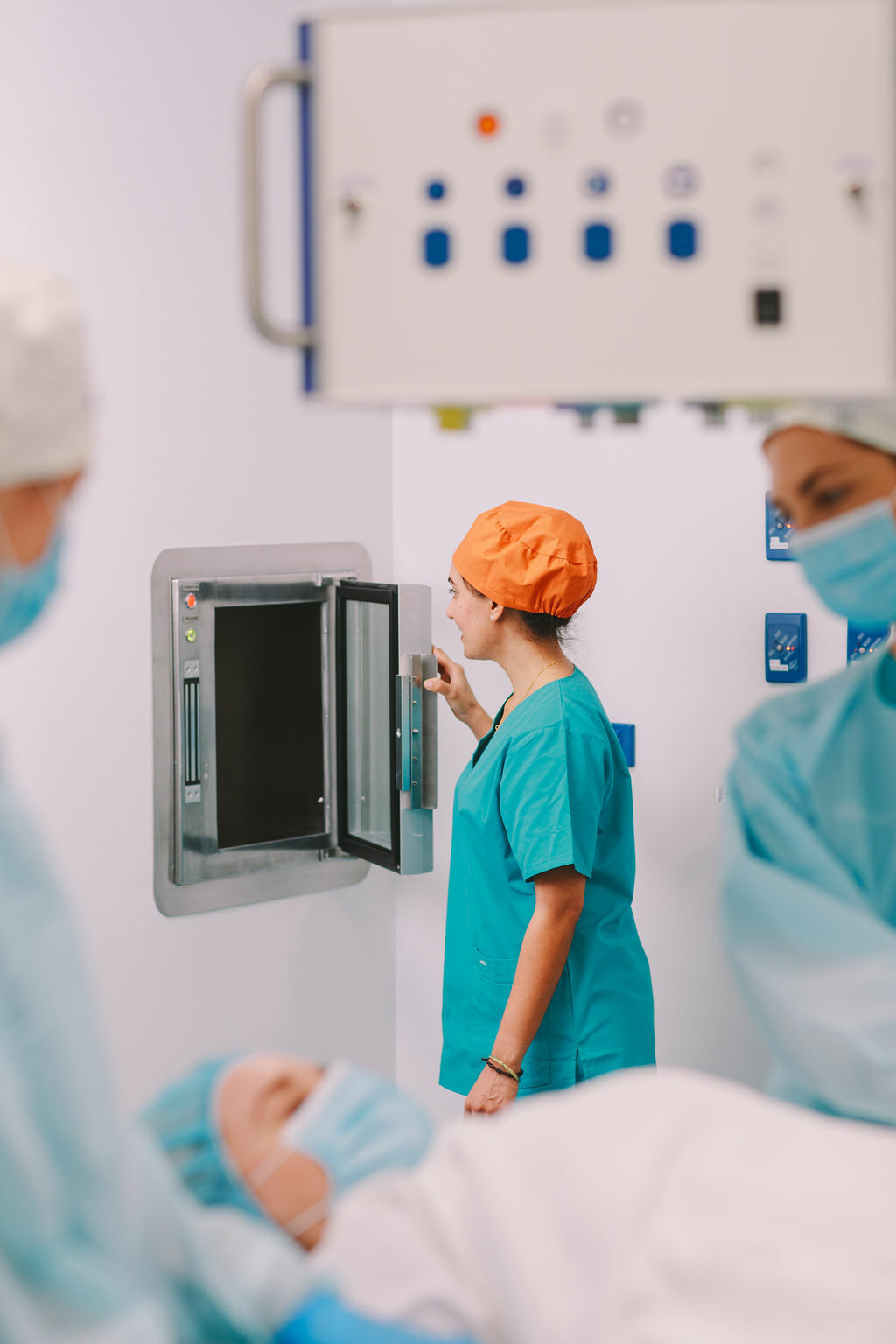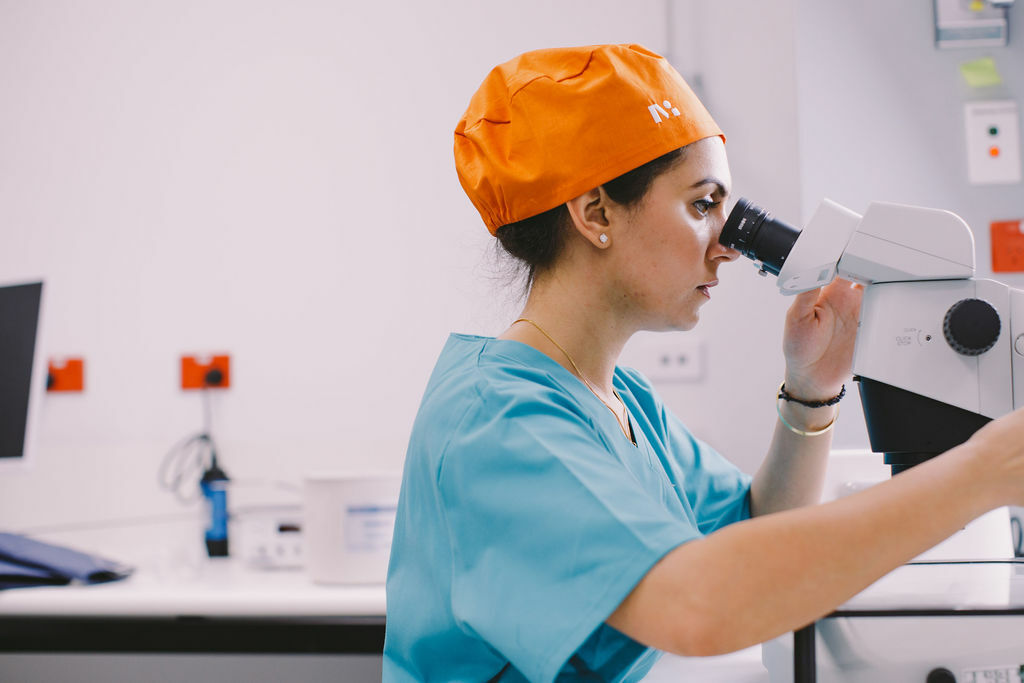IVF and The IVF Process
Depending on your treatment plan, your fertility specialist may recommend that you start medication or injections before the first day of your cycle. Rest assured - we’ll let you know the plan well in advance.
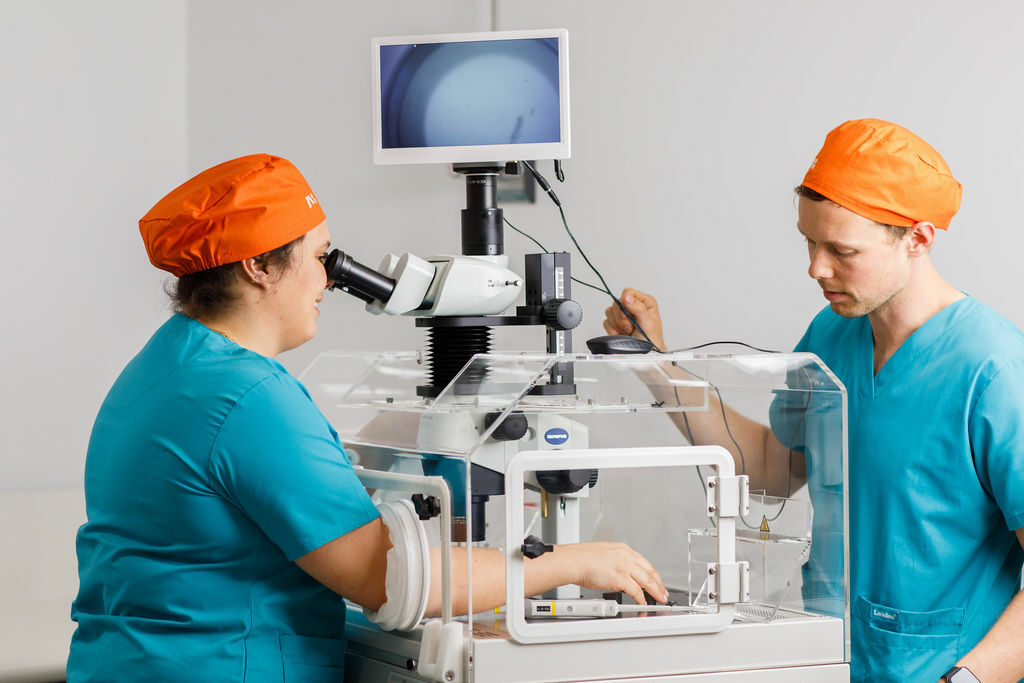
An introduction to IVF
Simply put, the IVF process takes eggs and sperm and combines them in a culture dish in a lab. If the natural process occurs and they fertilise, an embryo will form. We take the tiny embryo (0.2 mm) and insert it into the uterus. If it grows and develops, you’ll take your baby home nine months later.
So, how do we get there?
- We stimulate your ovaries to help your body produce eggs it has created naturally. This involves a series of injections or medications. They’re easy to manage; our friendly nurses will walk you through the process and we have additional resources to guide you at home.
- We remove those eggs in a simple day procedure called the egg collection or egg retrieval with our experienced Monash IVF Clinicians.
- Your partner provides our laboratory with a sample of his sperm, or we prepare the donor sample in the laboratory. The laboratory will prepare the samples to collect the most viable sperm from the sample for combining with your eggs.
- Our expert scientists combine and culture the eggs and sperm in our lab. Our goal is to create as many embryos as possible—the more embryos you have, the greater the chance of some being viable for use
- If the eggs fertilise, they become embryos and we’ll grow them for five days to the blastocyst stage. At this point, you’ll come back in to have the embryo/s transferred into your uterus.
- If you have additional embryos considered to be viable, we will freeze them for you to use in another cycle if needed.
- You’ll have a two-week wait while we see if the embryo ‘takes’. It’s best to keep busy during this time if you can. Our counsellors are here for you if you need to talk.
- At this time we will get you to do a blood test to see if you’re pregnant.
Please remember, our approachable team are here for you throughout your treatment. They make sure you understand each step of the process, and that you have the information and support you need.
Did you know that the hormones in the most common IVF medications are produced naturally in the body? The eggs we’re stimulating already exist - the medication simply boosts the natural levels of these hormones to encourage more eggs to develop.
Will I need IVF?
That depends. Your fertility specialist will get to know your medical history and individual circumstances.
Some common reasons why they may recommend IVF include if you have:
- blocked fallopian tubes
- fallopian tube damage/tubal factor/tubal ligation
- male infertility relating to sperm quality or quantity
- endometriosis
- uterine fibroids
- polycystic ovarian syndrome (PCOS)
- advanced maternal age, making it less likely to conceive naturally
- unexplained infertility
- recurring miscarriage
- potential genetic issues where embryo screening may help
Our approachable team are here for you throughout your treatment. They make sure you understand each step of the process, and that you have the information and support you need.
At Monash IVF, it’s common practice to transfer one embryo at a time. We freeze remaining embryos using our advanced technology. These can be used in future treatment.
Want to know more about IVF?
Our expert fertility nurses can answer any questions you may have and offer guidance on next steps. You can book a free 15-minute nurse chat here.
IVF Success Rates
At Monash IVF, we’re proud of our success rates. Data collected from our clinics between 1 January and 31 December 2020 indicated that IVF resulted in live births for 43.8% of women aged 30 years or younger, 32.9% of women aged 30-34, 24.1% of women aged 35-39, and 8.3% of women aged 40-44.
How much does IVF cost?
We understand that sometimes IVF costs can be confusing and that each patient has individual circumstances and treatment needs.
Learn more about Monash IVF costs below
Common questions
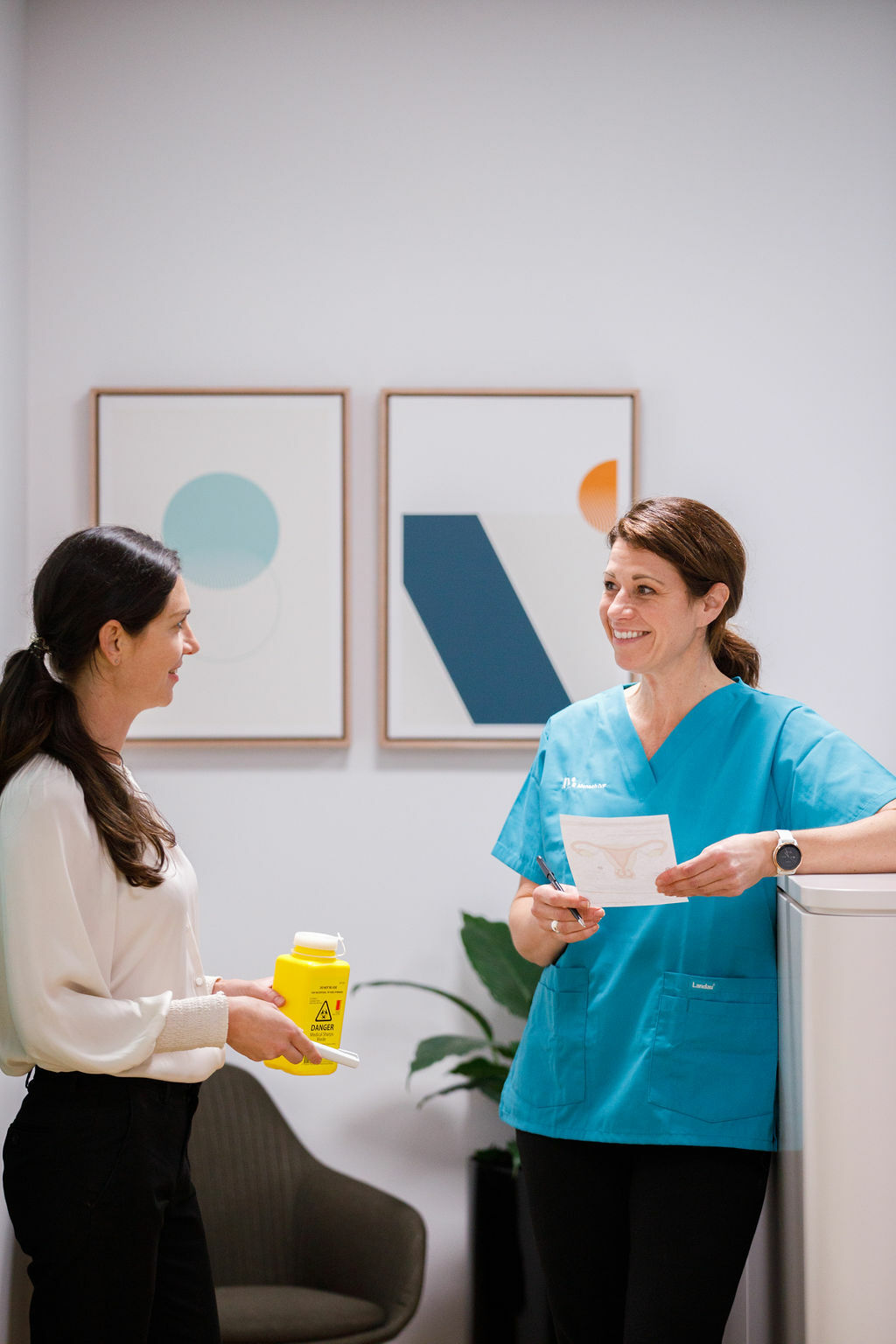
Keen to get started?
Book a consult with one of our expert fertility specialists. They’ll tailor a treatment plan specifically for you.
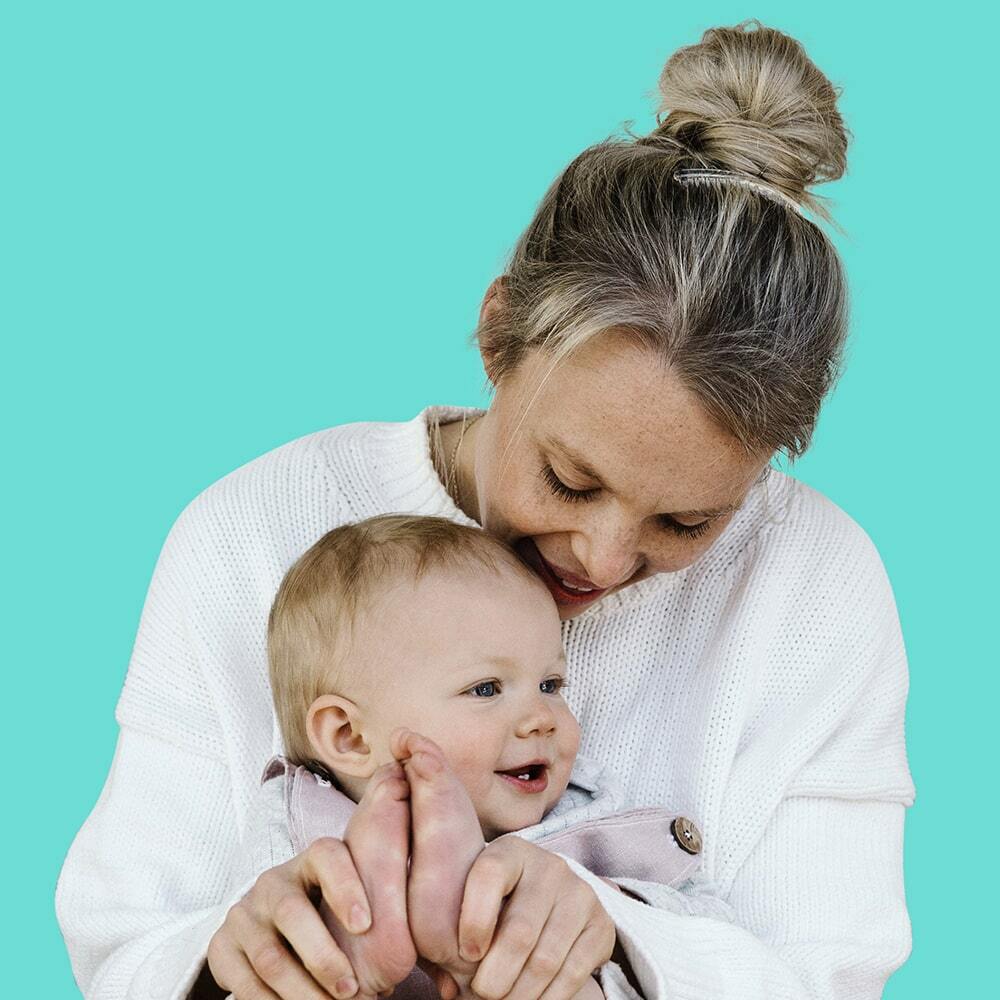
Start your fertility journey
Wherever you are on your journey, one of our supportive nurse enquiry team can help you understand your options and take the next step. These conversations are free and informative.


